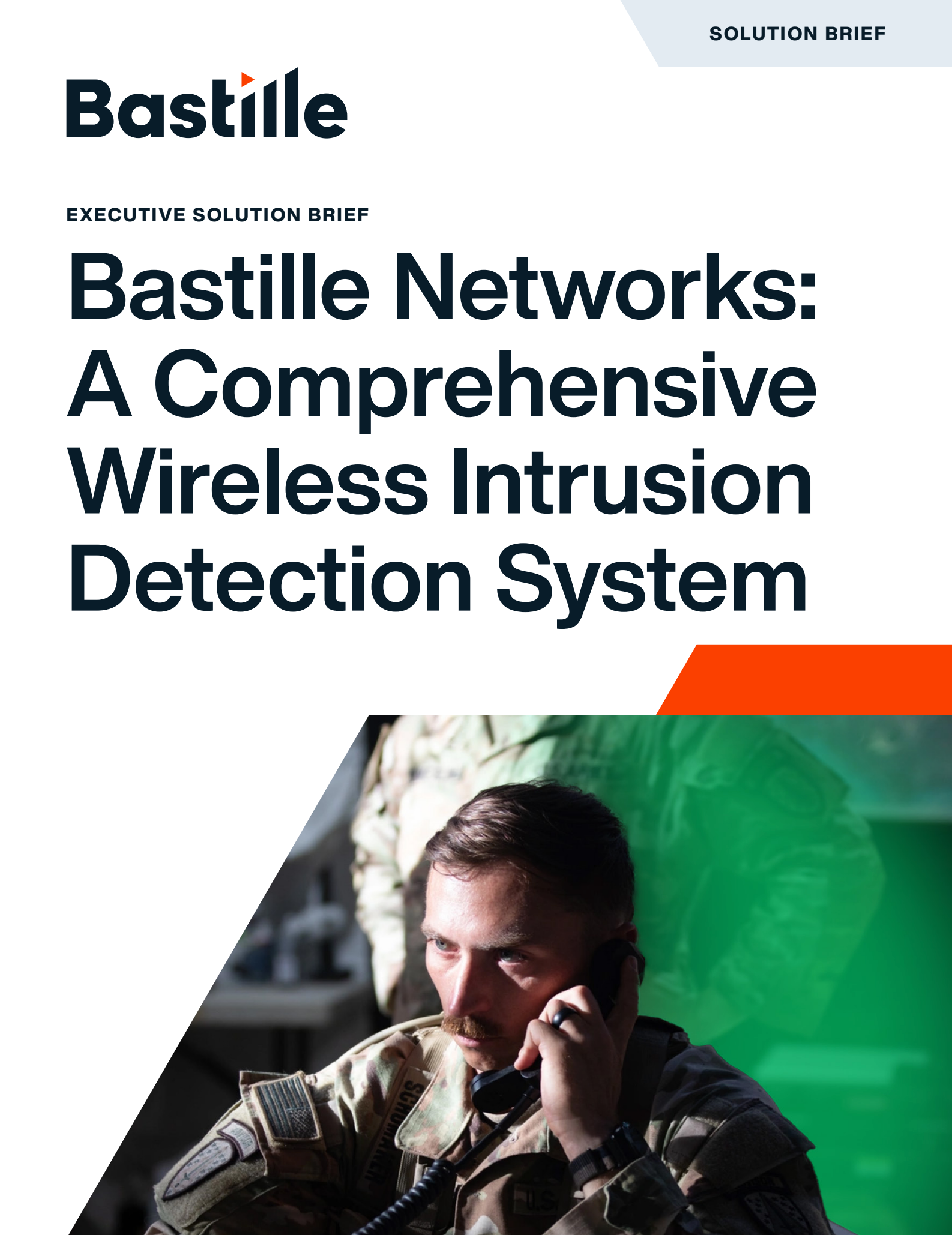
Introduction
AI data centers are becoming the backbone of modern innovation, powering everything from generative AI applications to high-performance analytics and data processing. These facilities process massive volumes of sensitive data and operate with strict requirements for uptime and security. Historically, operators relied on physical barriers, wired firewalls, and endpoint controls to protect infrastructure.
But in an AI-driven environment, the traditional perimeter is no longer enough. Wireless devices, from IoT sensors to unauthorized hotspots, create an invisible layer of risk that conventional wired defenses cannot detect or prevent. The wireless spectrum has effectively become the new perimeter for AI data centers.
The Wireless Security Challenge in AI Data Centers
Wireless threats are uniquely dangerous because they bypass the traditional controls that data centers have perfected over decades. Some of the most pressing risks include:
- IoT Device Vulnerabilities: Smart building controls, cameras, and industrial sensors often utilize Wi-Fi, Bluetooth, or Zigbee technologies. Many of these devices ship with default credentials, weak encryption, or no patching mechanism in place. Once compromised, they provide attackers with persistent access.
- Employee and Contractor Devices: Smartphones, laptops, and wearables can introduce unauthorized wireless connections, even unintentionally. A misconfigured phone hotspot or smartwatch connection may expose sensitive systems to outside access.
- Rogue or Misconfigured Access Points: An unauthorized Wi-Fi router, USB Wi-Fi NIC, or access point inside a server cage bypasses wired protections, creating an unmonitored gateway. Attackers can use these rogue devices to exfiltrate data without touching the wired network.
- Cellular Threats (LTE and 5G): Cellular connectivity enables devices to establish direct connections to external networks. Attackers can use small cellular modems or rogue base stations to bypass wired firewalls completely, establishing covert command-and-control channels.
- Bluetooth and Peripheral Exploits: Security teams often overlook wireless keyboards, mice, and other peripheral devices as potential security risks. Attackers have used Bluetooth vulnerabilities to inject keystrokes or capture data in supposedly secure environments.
In an AI data center, where uptime and availability are crucial, even a single overlooked wireless device can lead to service disruptions, data leakage, or regulatory noncompliance.
Why Wireless Is the New Perimeter
Wired defenses such as firewalls, microsegmentation, and other network security controls remain essential, but they do not address wireless activity. Attackers are aware of this, and they often exploit wireless vectors precisely because they exist outside the visibility of traditional monitoring tools.
Consider a few scenarios:
- A contractor plugs in a personal cellular hotspot to improve connectivity, unintentionally creating an unmonitored external gateway.
- An attacker plants a rogue access point inside a facility to capture login credentials and intercept traffic from unsuspecting users.
- A compromised IoT device begins beaconing to an external command-and-control server over Bluetooth or LTE, leaking sensitive operational data.
In all of these cases, wired defenses are blind. The wireless spectrum is not only an extension of the perimeter, but one of its weakest points.
How Bastille Protects the Wireless Perimeter
Bastille addresses precisely this challenge. By treating the wireless spectrum as part of the data center perimeter, Bastille provides visibility, detection, and response capabilities where traditional tools fall short.
- Full-Spectrum Monitoring: Bastille provides 100% passive monitoring from 100 MHz to 7.125 GHz, covering cellular (LTE, 5G), Wi-Fi, Bluetooth, and other protocols. Unlike active scanning tools, Bastille does not generate RF emissions, making it a safe and unobtrusive solution for sensitive environments.
- Comprehensive Device Visibility: Bastille detects and catalogs every wireless device, whether authorized, unauthorized, or rogue, in real time. This capability allows operators to maintain a complete wireless inventory, eliminating blind spots.
- Advanced Threat Detection: Bastille continuously looks for anomalies such as unauthorized hotspots, rogue cellular modems, or IoT devices operating outside policy. It also detects subtle risks, such as hidden Bluetooth connections or devices transmitting at unusual frequencies.
- Precise Localization: Bastille identifies the physical location of wireless devices directly on the floor plan of a monitored facility. This precision enables security teams to respond quickly, whether that involves removing a rogue access point, locating a hidden cellular modem, or investigating an employee’s device.
- Incident Investigation and Forensics: Bastille’s platform provides detailed records and metadata of wireless activity over time, helping operators investigate incidents and demonstrate compliance during audits.
- Compliance Support: For highly regulated environments, Bastille supports compliance with NIST 800-53 Wireless Intrusion Detection System (WIDS) controls, helping data centers meet federal and industry requirements for continuous detection and response to wireless threats.
By extending security into the wireless domain, Bastille closes the gap left by wired defenses, giving operators confidence that threats in the air cannot compromise workloads on the ground.
Conclusion
AI data centers cannot afford to rely solely on wired defenses. The actual perimeter now extends into the wireless spectrum, where IoT devices, rogue access points, and cellular modems present constant risks.
Bastille makes the invisible visible. With passive, full-spectrum monitoring and the ability to detect, localize, and investigate wireless activity, Bastille provides the missing layer of protection for AI data centers. By securing the airspace, Bastille ensures that the infrastructure driving AI innovation remains safe, resilient, and compliant.



